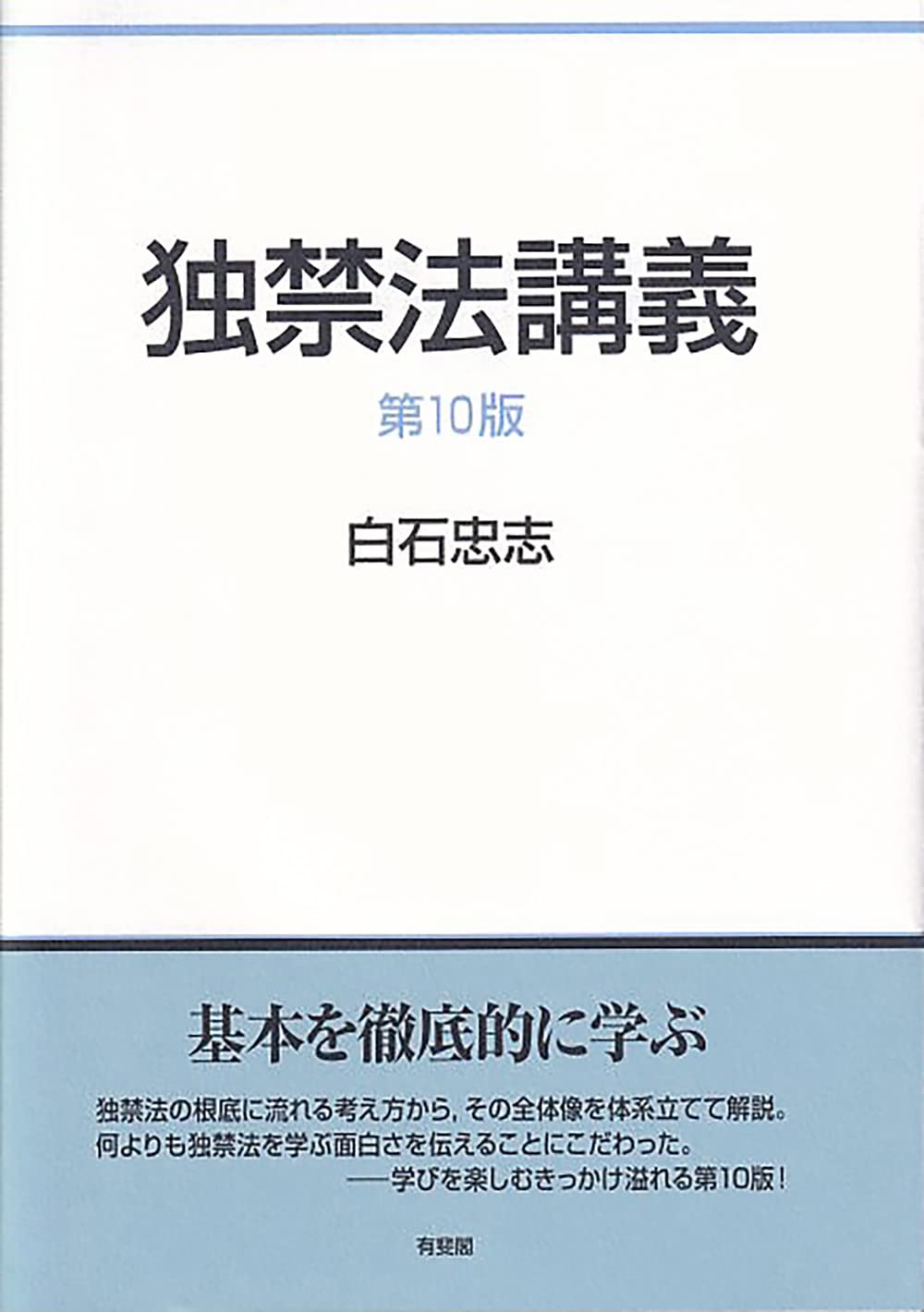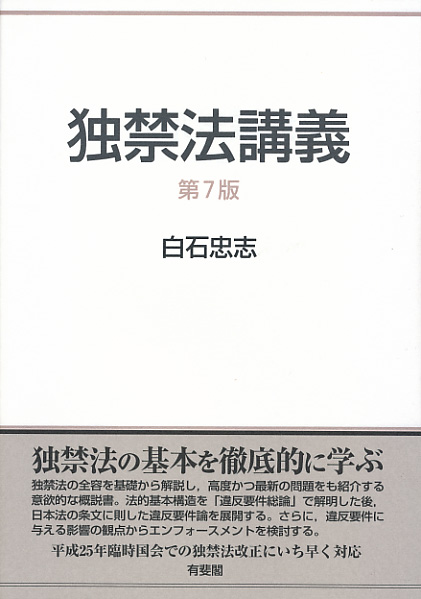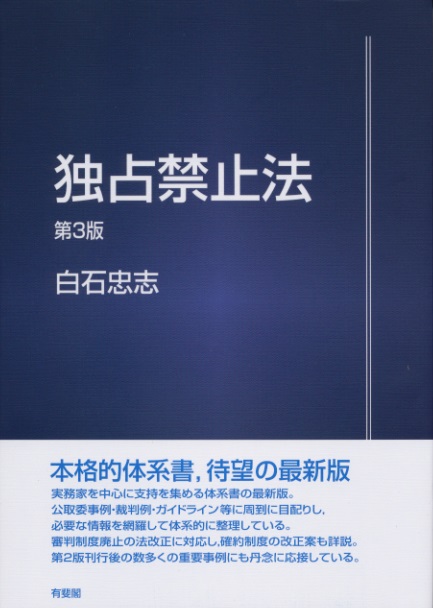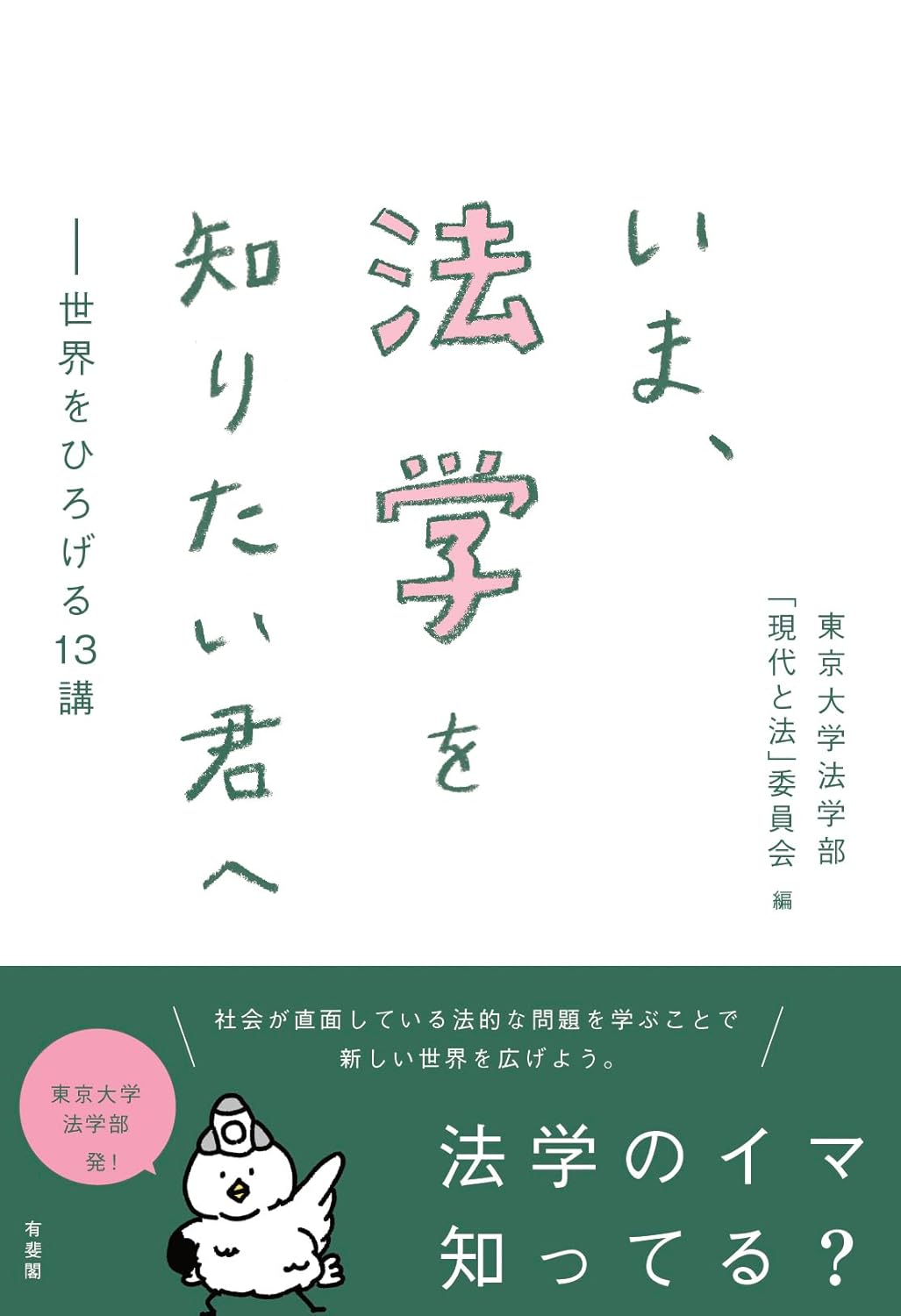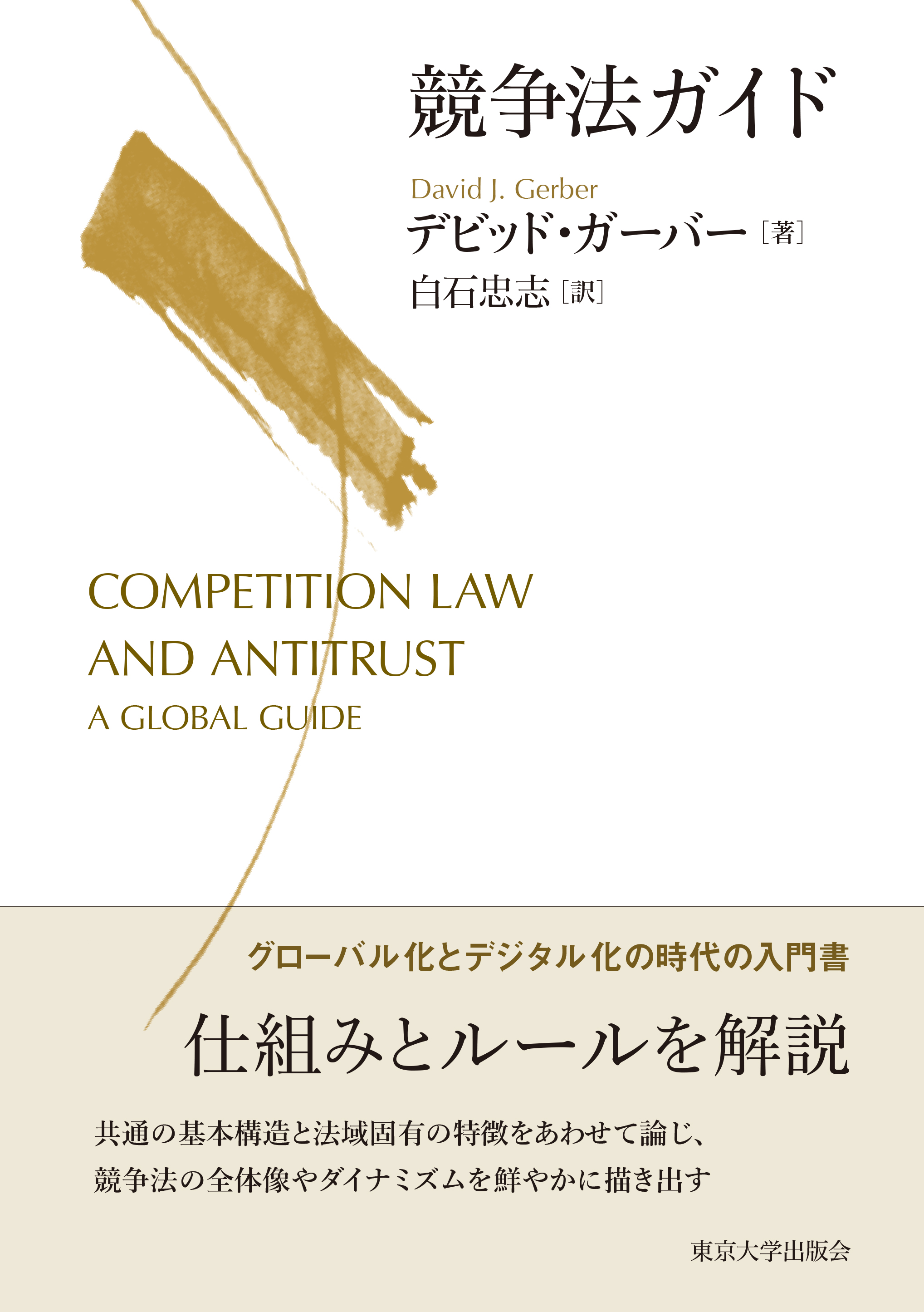
Title
Kyosoho Guide (A Guide to Competition Law)
Size
240 pages, A5 format
Language
Japanese
Released
June 18, 2021
ISBN
978-4-13-031200-4
Published by
University of Tokyo Press
Book Info
See Book Availability at Library
Japanese Page
“A Guide to Competition Law” is a Japanese translation of the book in English, “Competition Law and Antitrust: A Global Guide (Oxford University Press 2020).”
The appeal of “A Guide to Competition Law” lies in its broad overview of the realities of competition law without getting engulfed in the details. The story becomes complicated and detailed when one attempts to introduce a field in which so many things come and go, and so much activity takes place. The author consciously avoids this, concentrating on what is essential and stripping away the details. An introductory book needs to be as insightful as a good court decision and, simultaneously, as concentrated as a good poem, the author states. Chapter 10, for example, is a masterpiece. In introducing the competition laws of various countries worldwide, the author does not simply list what article of the law defines what in what country. Rather, the author provides a common framework of what to look for to capture the essence of each. Then, the author outlines the characteristic countries' competition laws to illustrate this framework's effectiveness. The adopted approach is to present an overview of the unique competition laws of the countries to demonstrate the framework's efficacy.
The author had already published two books, one on competition laws in Europe at a time at which the U.S. was the dominant power in this area of law, and the other on changes in competition law amid globalization. The scholarship and grasp of the subject matter's essence demonstrated in these two books are shown thoroughly in this book. The book also has a well-balanced blend of in-depth historical and cultural background and cutting-edge aspects of globalization and digitalization.
This book discusses the official descriptions as official descriptions. For example, in the section discussing the legal objectives of competition law, the author argues that competition law has verbalized and non-verbalized legal goals worldwide. Weak human aspects such as bribery, corruption, profit motive, and greed for career advancement are also depicted as they are if they are the cause of the phenomena surrounding competition law. For example, it is analyzed that in global gatherings of competition officials, national officials will say and do things that will be liked by their counterparts in more developed jurisdictions, such as the US and the EU.
This book shares with the world various findings that those who are aware of them have noticed but have not necessarily verbalized. In April 2020, as I was translating the original book, I used a provisional translation of Chapter 4 of this book as a teaching tool in a class entitled "Law I." The course was for first-year students who had just entered the University of Tokyo's first-year liberal arts class during the budding online class under the infectious disease’s expansion. The book is a perfect introduction to the study of law. It is the part that concretely describes how Congress, administrative authorities, courts, and the domestic and international societies surrounding them all intersect, each with their interests at heart, without getting caught up only in preconceived notions.
(Written by SHIRAISHI Tadashi, Professor, Graduate Schools for Law and Politics / 2022)
Related Info
David J. Gerber “Competition Law and Antitrust” (published by OXFORD University Press, August 27, 2020)
https://global.oup.com/academic/product/competition-law-and-antitrust-9780198727477?cc=jp&lang=en&



 Find a book
Find a book


 eBook
eBook